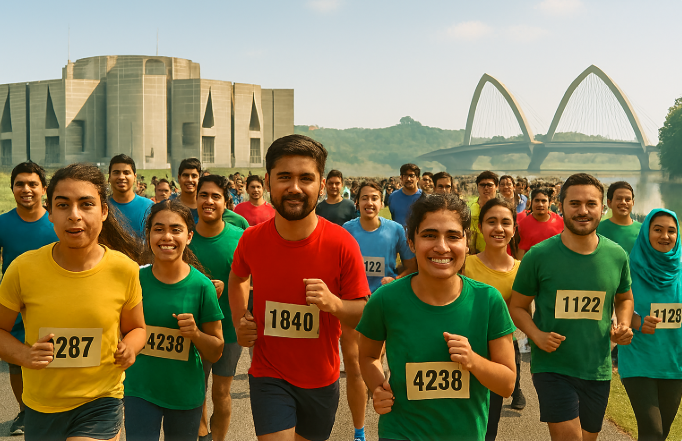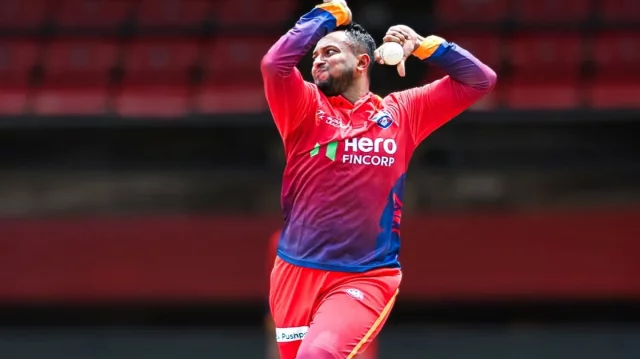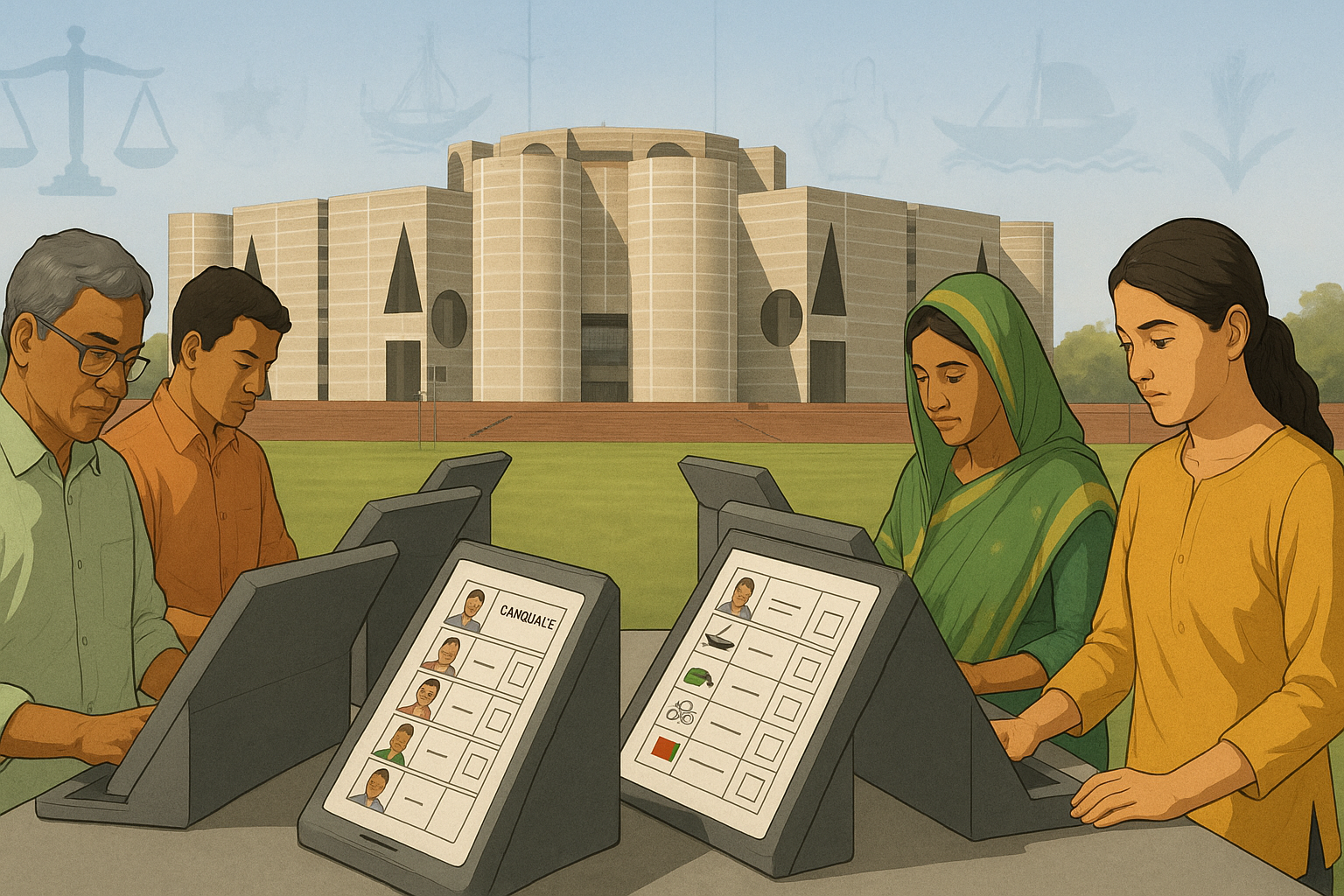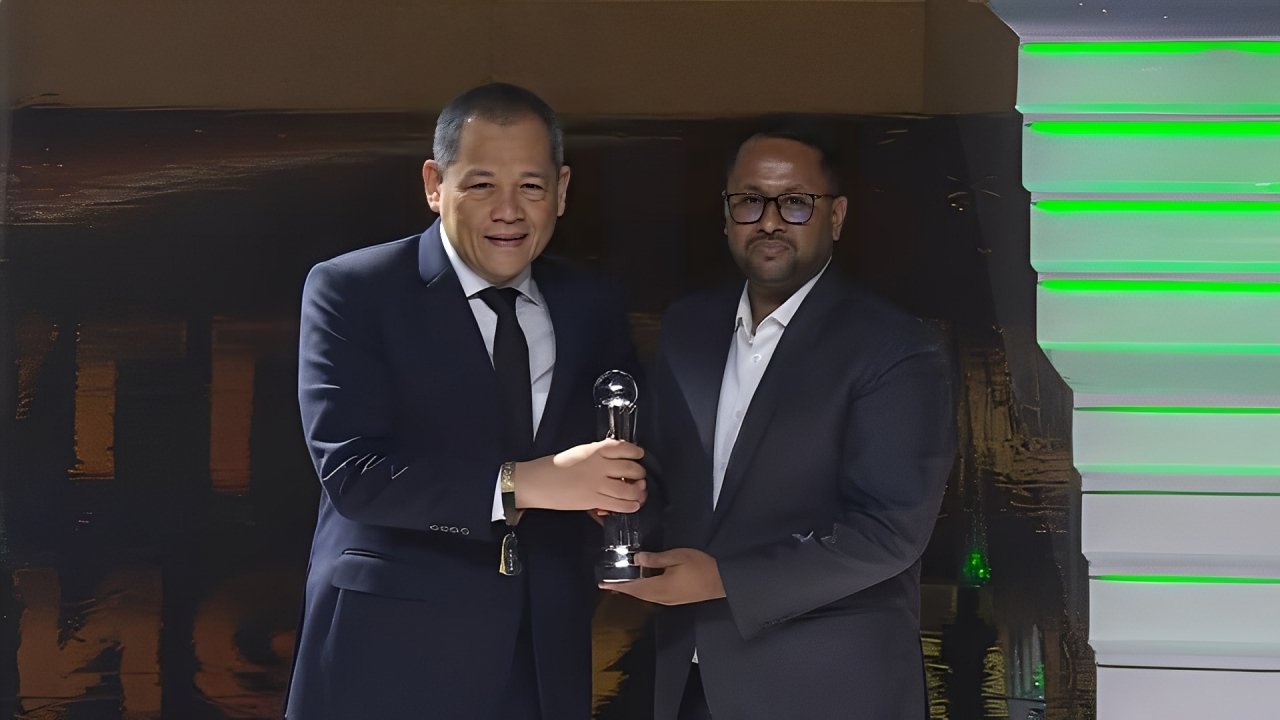Marathons Gaining Popularity Among Youths in Bangladesh

Marathons: A Fitness Revolution on the Run
Over recent years, marathons in Bangladesh have evolved from niche athletic events into a vibrant youth movement — transforming lifestyles, communities, and redefining how young people engage with fitness and public space. What began as scattered runs now features organized half-marathons, fun runs, symbolic events, and youth festivals. With growing participation in Dhaka, Chattogram, and rural districts alike, marathons are cementing their place in Bangladesh’s evolving health culture.
From Solo Runs to Large-Scale Events
The Daily Star’s feature “Running Marathons: Transforming Lifestyles, Inspiring Communities” captures the spirit of this shift: what used to be an individual pursuit is now a collective expression of wellness, awareness, and social energy.
Bangladesh now hosts a growing roster of marquee events such as the Dhaka International Half Marathon, Cox’s Bazar International Half Marathon, and locally organized runs by running clubs. These have elevated standards in race organizing, timing, course planning, and participant experience.
In 2025, the ActivePulse Half Marathon in Dhaka has attracted wide media attention. The event includes multiple race categories — such as the 21.095 km half, a 7.321 km challenge run, and a 2 km fun run for families and kids. By offering accessible distances, the event draws both serious runners and novices, contributing to youth uptake of marathons.
In another example, the Northern Half Marathon in rural Bangladesh showed how marathons are crossing beyond urban borders. All 975 registration slots sold out within hours; age-group awards were offered, and a 1 km kids’ run engaged local youth.
Why Youth Are Running to Marathons
1. Health & Wellness Consciousness
One of the primary motivators is growing awareness of health and fitness. After COVID-19 and increased focus on preventive care, many youths see marathons as meaningful ways to challenge themselves physically while improving cardio health, stamina, and mental resilience.
2. Community & Social Connection
Running communities and clubs have sprung up in Dhaka and beyond. Many participants note that the shift from solo runs to group events creates camaraderie, peer motivation, and a sense of belonging. Actor Iresh Zaker, in the Daily Star piece, describes joining running groups as a turning point: “It feels like a big get-together … pushing boundaries together.”
Organized marathons often double as social festivals — cheering crowds, music, causes (e.g. climate awareness or heritage preservation) — amplifying the experience beyond sport.
3. Accessibility & Inclusion
Many running events now include shorter distances, fun runs, and kids’ categories — lowering the barrier for youth and beginners. For instance, the Dhaka Kids Run (100m, 500m, 1 km) encourages children’s participation and early love for running.
Also, rural communities organizing marathons are consciously keeping registration fees low, providing local youth opportunities to join. The rural Northern Half set modest fees and extended support to underprivileged participants.
4. Recognition & Personal Achievement
Completing a marathon or even a half marathon offers a tangible goal, a certificate, or medal — all motivating achievements for youth. Many cite the emotional high of crossing the finish line as a major driver.
Increasingly, youth see marathons as milestones in personal development and identity — a way to push limits and tell their own stories.
Spotlight Events & Youth Participation
Dhaka International Half Marathon
Under the supervision of the Bangladesh Army, the Dhaka International Marathon / Half Marathon has become a prestigious event in the calendar. It draws local and international participants and helps set benchmarks for race quality and standards.
One Run Half Marathon 2025
On May 24, 2025, Dhaka hosted the One Run Half Marathon, recognized as the largest synchronized-start running event in the world. The scale and novelty of this event drew press and youth attention, reinforcing the perception that marathons in Bangladesh can be globally notable.
Mini Marathons & Symbolic Runs
In Jhenaidah, a 7 km mini marathon organized for “Festival of Youth 2025” saw youth, children, and adolescents publicly participating. Certificates and medals were awarded to all finishers.
Similarly, symbolic marathons marking national events — such as the July Uprising — have drawn youth crowds in Dhaka and Chattogram. In Chattogram, around 650 participants including students, veterans, and youth took part, competing and commemorating together.
The Youth & Sports Adviser of Bangladesh, Asif Mahmud Shojib Bhuyain, himself joined a symbolic marathon in Dhaka, encouraging youth solidarity and health consciousness.
Challenges & Considerations
While marathons are growing in popularity among youth, there remain hurdles:
Quality of organization: Some events lack professional timing systems, safe hydration, course accuracy, or medical support. Khalid (from The Financial Express) recommended wider adoption of chip timing systems.
Scaling infrastructure: As demand rises, securing route permissions, road closures, crowd control, and volunteer coordination become more complex—especially in densely populated cities.
Cost and accessibility: Although many runs try to keep fees modest, materials (jerseys, medals, registration) sometimes create financial barriers for lower-income youth.
Sustainability and consistency: Many events are episodic; maintaining regular, high-quality marathons across seasons is challenging.
Balancing foreign vs local focus: Some worry that international-style events may overshadow local running culture unless organized inclusively.
The Road Ahead: Youth Driving Marathon Culture
The upward trend is clear: marathons in Bangladesh are shifting from novelty to norm, with youth at the center of this evolution.
To sustain momentum:
Capacity building for organizers: Training in logistics, safety, timing, and inclusive planning will ensure events scale without compromise.
Short-distance and fun-run expansion: Continued inclusion of youth-friendly distances lowers barriers and builds pipeline runners.
Partnerships with educational institutions: Schools, colleges, and youth organizations can institutionalize running as extracurricular activity.
Campaigns for accessibility: Sponsorships, subsidized registration, and community outreach keep participation open to diverse youth.
Calendar regularity: Having a marathon calendar (one each quarter, for example) helps build anticipation and steady engagement.
Conclusion
Marathons are no longer the preserve of elite athletes in Bangladesh — they have become a heartbeat of youth culture: a symbol of wellness, achievement, and community. From Dhaka’s major events to rural half marathons, young people are lacing up for more than fitness — they run for identity, connection, and purpose.
As events grow better organized and more inclusive, the momentum promises to turn Bangladesh into a vibrant hub for youth running. With every stride, a generation reclaims public space, health, and solidarity — one kilometer at a time.







